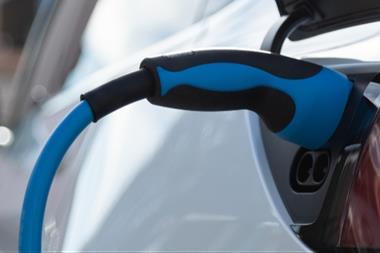The number of convenience stores on forecourts has declined slightly over the past year, but leading dealer groups are driving growth in the c-store sector, according to the latest data from IGD Retail Analysis and William Reed Business Media.
In their analysis of the convenience sector they found the overall number of stores grew 0.4% to 46,980 in the year to March 31, 2017, but convenience forecourts fell from 8,478 to 8,434 over the same period.
The report noted: “Once again, the forecourt segment returned to modest decline. The structure of the segment continues to change in terms of ownership, with the key national dealership networks still pursuing expansion and acquiring more stores. For the first time in several years, the number of sites operated by the oil companies remained more stable.”
Joanne Denney-Finch, chief executive, IGD, said: “The increase in convenience store numbers might be small, but it’s nevertheless a sign of the enduring appeal of small stores. However, with other formats such as online and discounters growing in popularity, convenience stores will have to work ever harder to gain growth in the future. However, we believe there are some really clear opportunities for this part of the market.”
Adam Leyland, editor of The Grocer, said: “The supermarkets haven’t just stopped opening supermarkets. As the Grocery Retail Structure 2017 shows, with the exception of M&S, they’re struggling to grow on the convenience side too. Instead, franchising is increasingly seen as the new route to growth for the big four, particularly if they can convert lucrative sites from smaller rivals.
“While the number of forecourts fell, the UK’s biggest independent operators – MRH, Motor Fuel Group, Euro Garages and Rontec – have proved a real engine of growth.”






























No comments yet